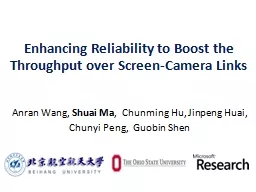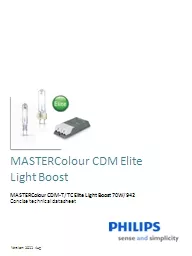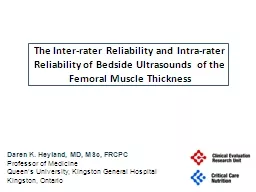PPT-Enhancing Reliability to Boost the Throughput over Screen-C
Author : olivia-moreira | Published Date : 2016-02-23
Anran Wang Shuai Ma Chunming Hu Jinpeng Huai Chunyi Peng Guobin Shen VLC over ScreenCamera Links High availability of cameraequipped smart devices Tablets
Presentation Embed Code
Download Presentation
Download Presentation The PPT/PDF document "Enhancing Reliability to Boost the Throu..." is the property of its rightful owner. Permission is granted to download and print the materials on this website for personal, non-commercial use only, and to display it on your personal computer provided you do not modify the materials and that you retain all copyright notices contained in the materials. By downloading content from our website, you accept the terms of this agreement.
Enhancing Reliability to Boost the Throughput over Screen-C: Transcript
Download Rules Of Document
"Enhancing Reliability to Boost the Throughput over Screen-C"The content belongs to its owner. You may download and print it for personal use, without modification, and keep all copyright notices. By downloading, you agree to these terms.
Related Documents














